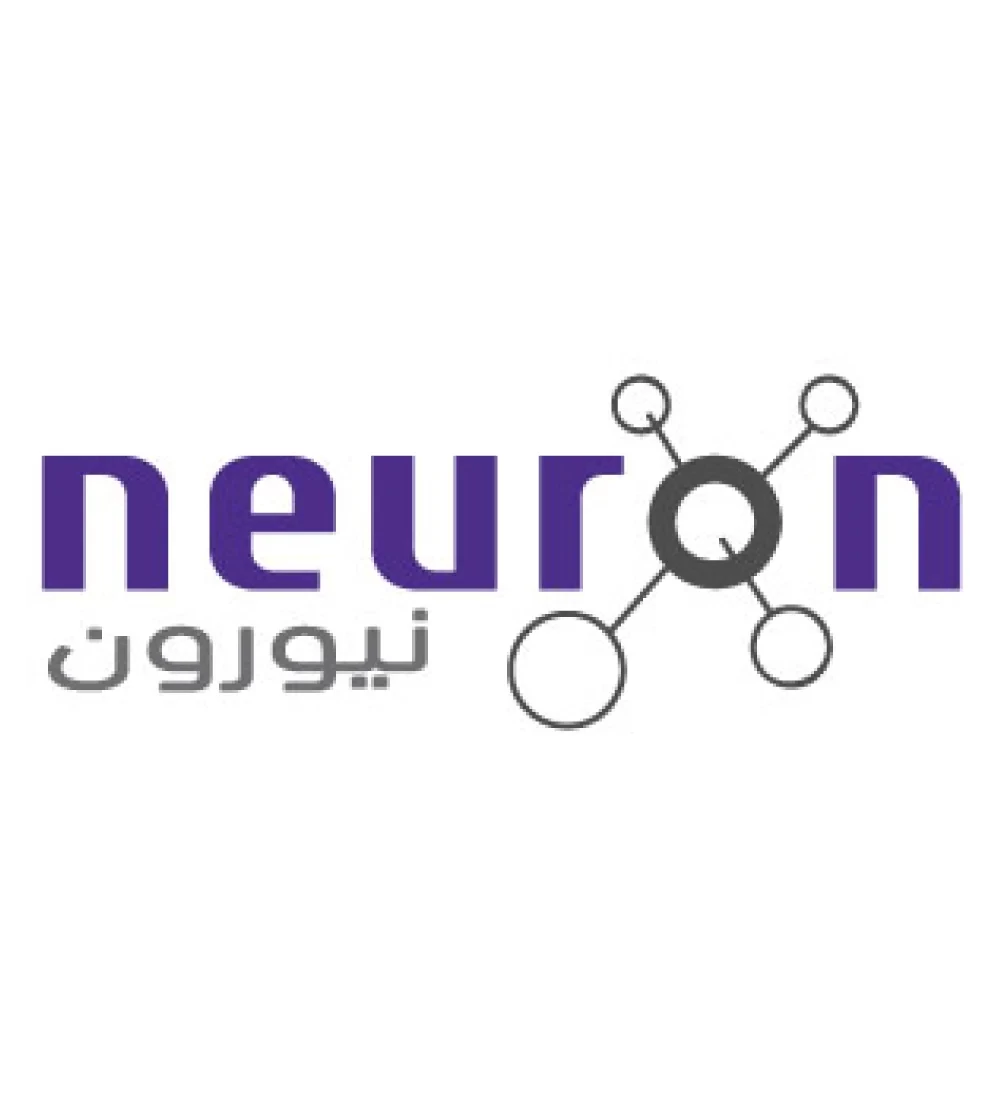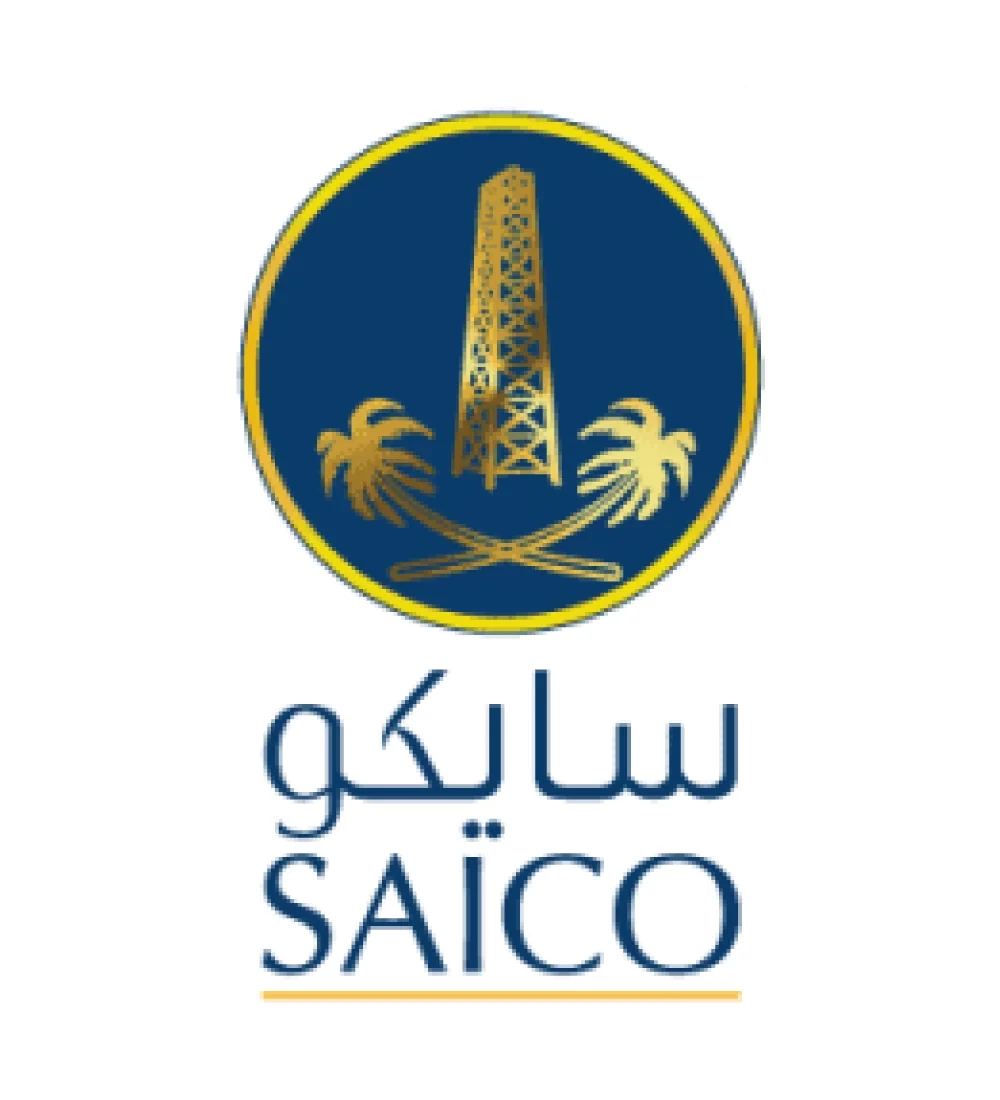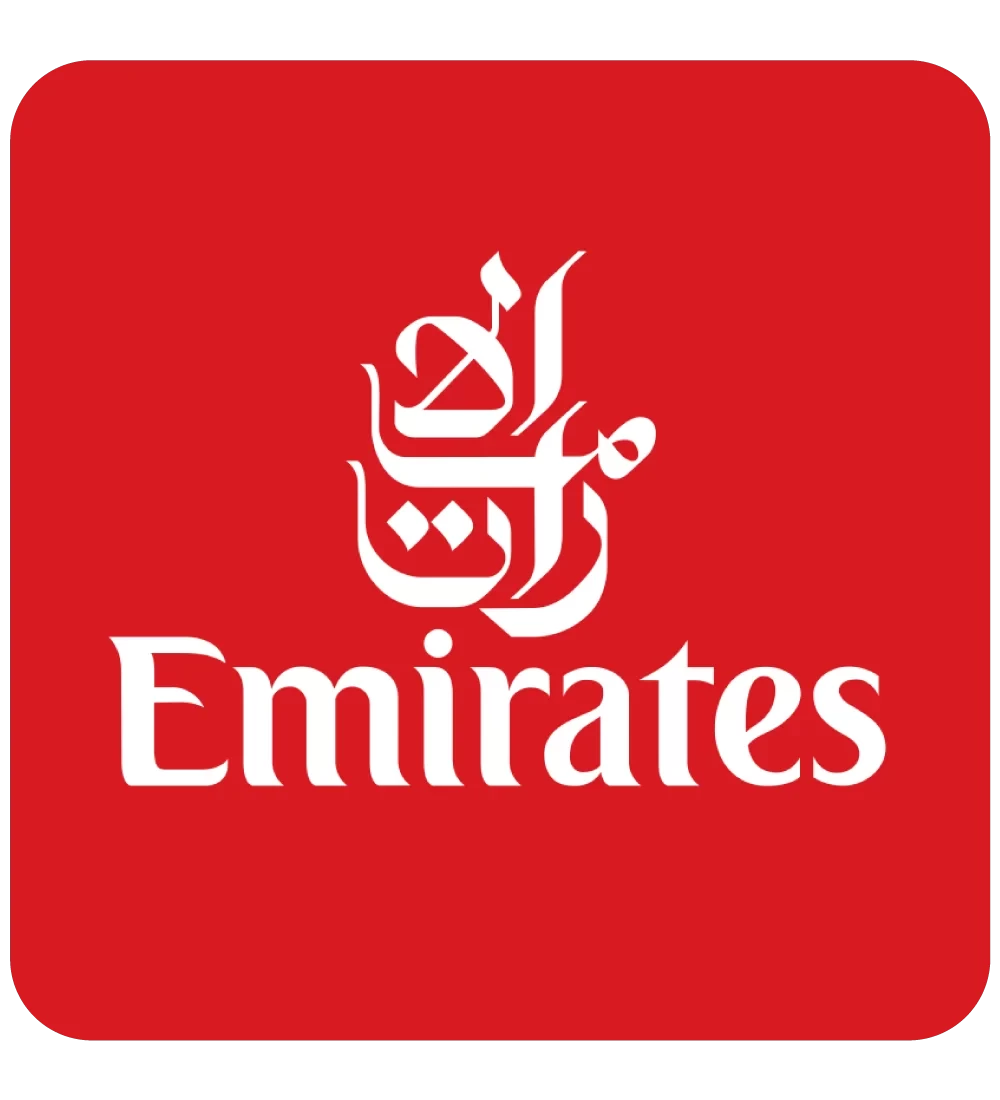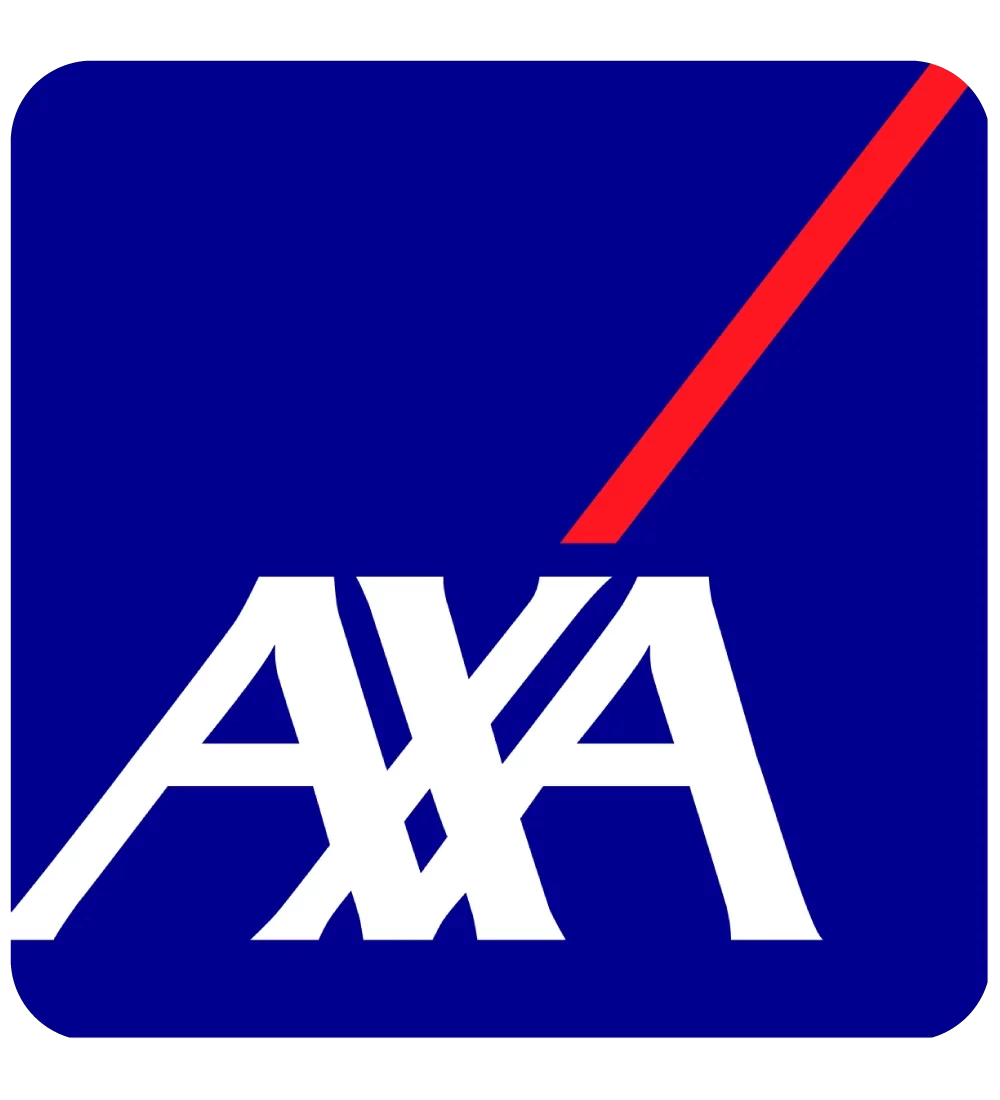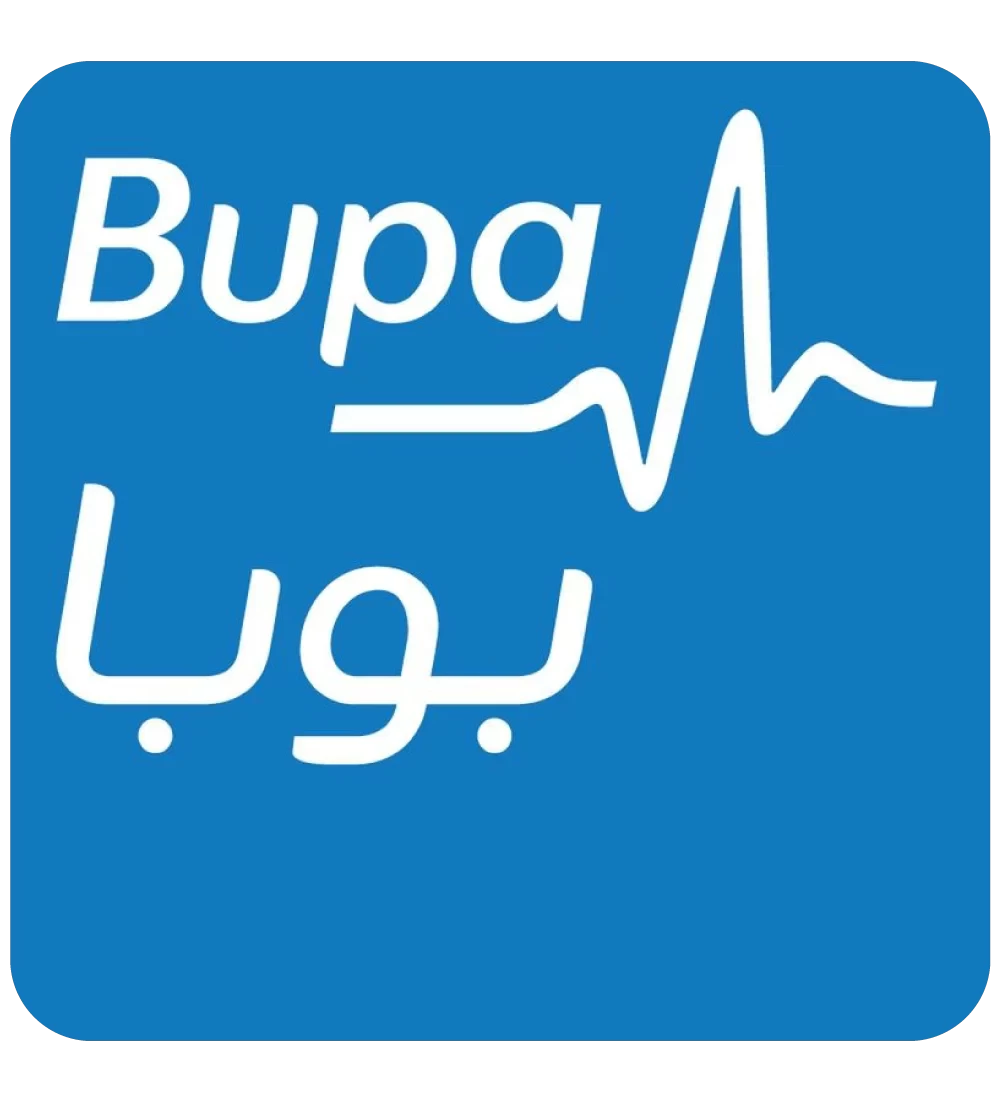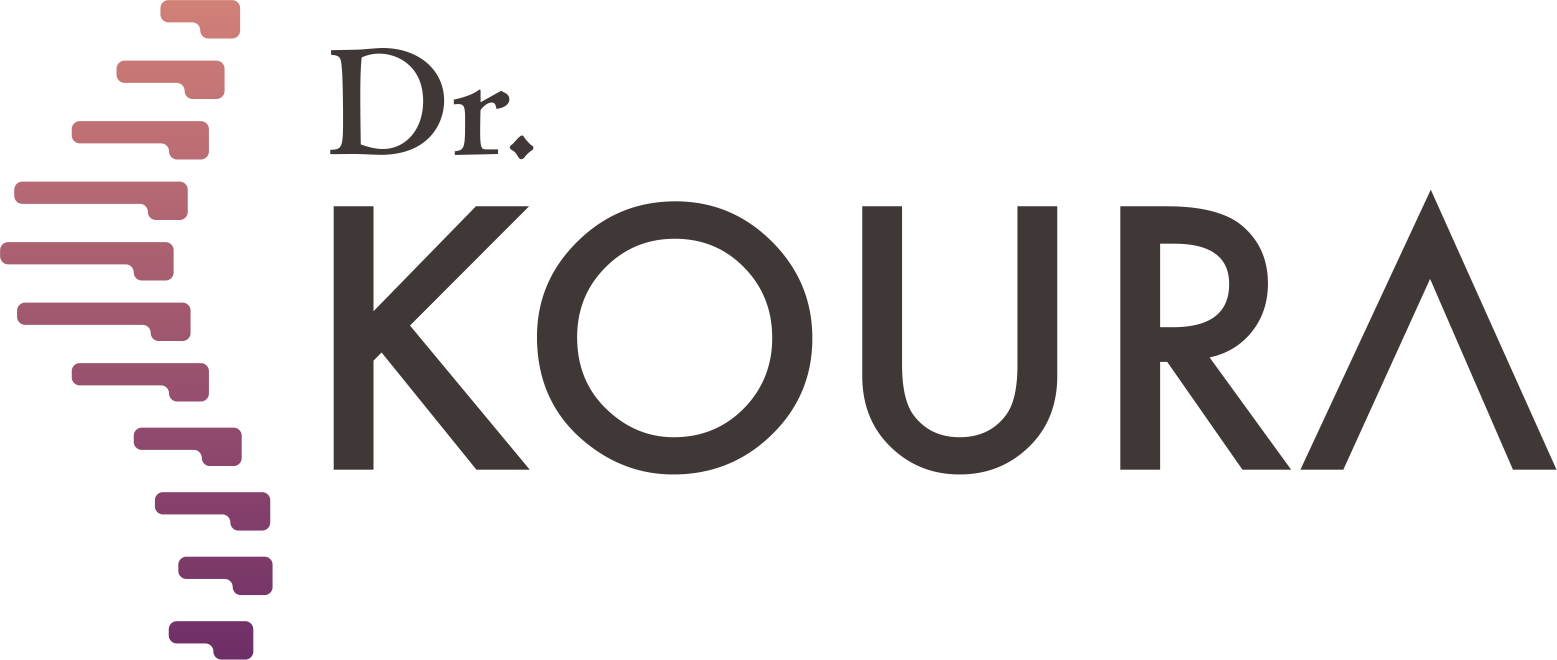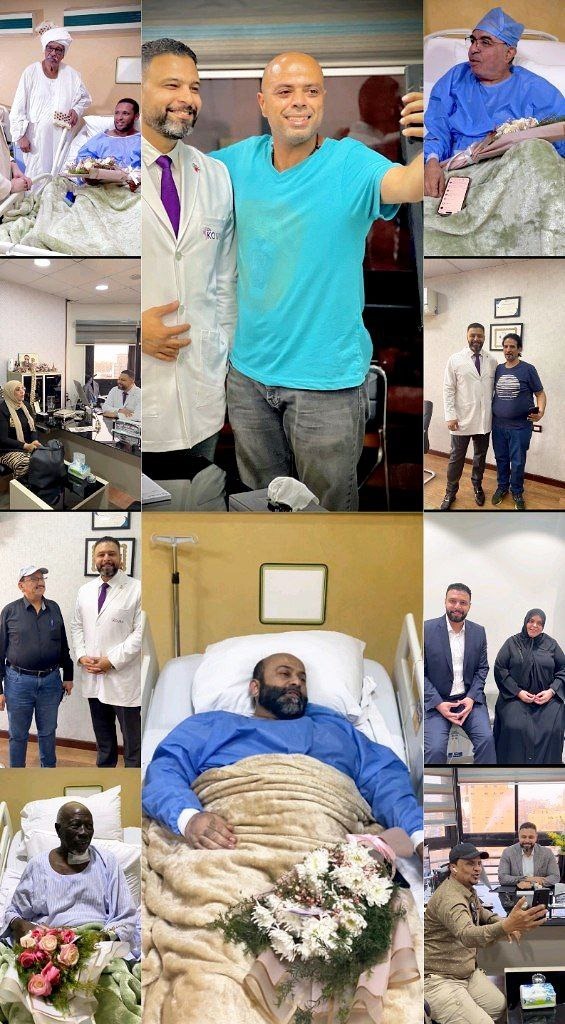
To see patients' reviews
Click hereHerniated Disc Between the Fifth and Sixth Cervical Vertebrae


The herniated disc between the fifth and sixth cervical vertebrae is one of the main causes of neck and arm pain and is considered a form of cervical disc herniation that can significantly affect the patient’s daily life. Since the symptoms of herniated discs in this area may resemble other spinal problems, it is important to understand the causes, signs, and available treatment options, highlighting the pivotal role of top specialists in this field like Dr. Mohamed Qoura, who is considered one of the best doctors for treating disc herniation and pain in Egypt.
What is the Herniated Disc Between the Fifth and Sixth Cervical Vertebrae?
The neck consists of seven cervical vertebrae, and with aging or chronic strain, a herniated disc may occur between the fifth and sixth vertebrae. In this case, the disc bulges and presses on nerves or the spinal cord, causing pain that extends from the neck to the shoulder and arm. This condition often requires precise diagnosis by the best doctors specializing in disc treatment to avoid neurological complications.
Symptoms of Herniated Disc Between the Fifth and Sixth Vertebrae
Key symptoms of cervical disc herniation at this level include:
-
Sharp or persistent pain in the neck, shoulder, or arm.
-
Numbness or tingling in the fingers (especially thumb and index finger).
-
Weakness in hand or elbow movement.
-
Difficulty controlling grip or holding objects.
-
Loss of balance or a feeling of heaviness in the arm.
If you notice these symptoms, do not hesitate to visit a top pain specialist in the spine to assess the degree of herniation and create an appropriate treatment plan.
Causes of Herniated Cervical Disc
-
Aging or weakening of the discs.
-
Direct neck injuries or car accidents.
-
Poor posture or prolonged desk work.
-
Repeated physical strain.
-
Forward head posture for long periods (e.g., using phones or computers).
Treatment for Herniated Disc Between the Fifth and Sixth Vertebrae
Treatment depends on the severity of symptoms and is generally divided into two main categories:
-
Non-surgical treatment:
-
Rest and reduce physical stress.
-
Anti-inflammatory medications and muscle relaxants.
-
Physical therapy to strengthen surrounding muscles.
-
Nerve root or corticosteroid injections to reduce inflammation.
-
Use of cervical collar (neck brace) if necessary.
-
-
Minimally invasive or surgical treatment:
-
Radiofrequency treatment, a modern technique to relieve nerve pressure without surgery.
-
Cervical endoscopic surgery to remove the herniated disc part in advanced cases.
-
Best Doctor for Disc Treatment in Egypt
Dr. Mohamed Qoura is considered a pioneer in non-surgical disc treatment in Egypt, especially for herniations between the fifth and sixth vertebrae. He has extensive experience with the latest minimally invasive techniques such as radiofrequency and endoscopy, which help achieve complete recovery from disc herniation without complicated operations or long recovery times.
If you are looking for:
-
The best doctor for disc treatment
-
The best center for disc treatment in Egypt
-
The best pain specialist
Then Dr. Mohamed Qoura’s clinic is the ideal choice, offering accurate diagnosis and a tailored treatment plan without unnecessary interventions.
Start your safe treatment journey now with Dr. Mohamed Qoura and regain a pain-free life without surgery. Book your consultation today and enjoy a healthy life again!
Dr. Mohamed Koura is here to assist you using the latest therapeutic techniques, including thermal radiofrequency and laser treatments for spinal pain without surgery—book your appointment now from here.
Why Choose Dr. Mohamed Koura ?
Simply because he is the best doctor in his feild. He stays updated on the latest treatment technologies through his participation in various international conferences with leading foreign doctors and experts. Finally, and most importantly, Dr. Mohamed Koura is the best doctor in Egypt and the Arab world, possessing 12 non-surgical techniques for treating spinal and joint problems. He was the first to introduce modern interventional treatment techniques in Egypt & the Middle East and is the only one using the disc fx technique to treat spinal pain.
To see patients' reviews
Click hereCertainly not, some cases must be treated surgically, and the most appropriate technique for the patient is determined through a medical examination and the presence of imaging studies.
No, it is necessary to make a reservation through a phone call or social media messages.
There are no risks or side effects associated with non-surgical pain interventions.
The patient needs only 3 to 4 days before they can travel comfortably, and the hospital stay does not exceed 6 to 8 hours.
A condition cannot be accurately assessed and a proper medical diagnosis made without a medical examination and recent imaging studies.
Yes, there are several payment methods available through Visa or electronic wallets by making a reservation on our website.
Certainly, obesity is one of the causes of knee osteoarthritis.
Radiofrequency activates the nerve and does not cause any damage to it.
Non-surgical interventions are a definitive treatment for some cases and pain relievers for other cases, which is determined by the doctor through a medical examination.
If the herniated disc is fully treated, there is a possibility of it reoccurring in some cases, such as not following the doctor's prescribed instructions after the intervention, experiencing an accident, or making a sudden wrong movement like lifting heavy objects.
The entire disc is not removed due to the presence of several risks and it may exacerbate the condition. Only the protruding part that causes pain is removed.
This cannot be done with radiofrequency, but it is performed through other techniques that Dr. Koura conducts.
The success or failure of non-surgical interventions cannot be judged through radiographic imaging because these procedures involve making subtle changes to critical parts to address the issue. Consequently, they do not produce significant changes to avoid potential complications in the future or damage to the spine and joints, which is our primary goal.
Spinal stenosis does not typically cause sciatica. In most cases, disc herniation is what may lead to sciatica. This does not necessarily mean that a patient with sciatica will also have spinal stenosis.
Sciatica may return if the patient does not adhere to the medical instructions provided by the doctor or in the event of an unexpected accident.
A life without pain without surgery
Once you book with Dr. Koura
Get rid of pain with just one call.. Book your appointment now with pain Management consultant Dr. Koura.
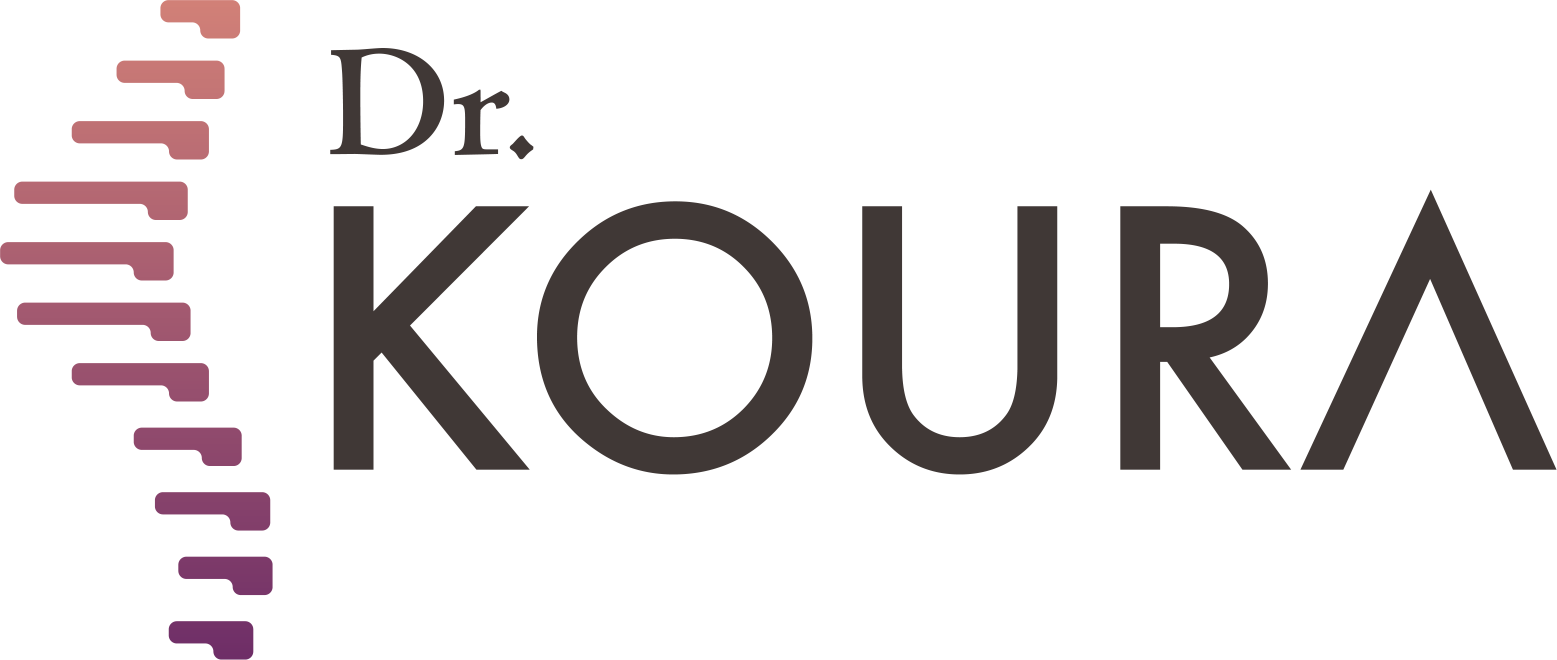





-webp.webp)




-webp.webp)







